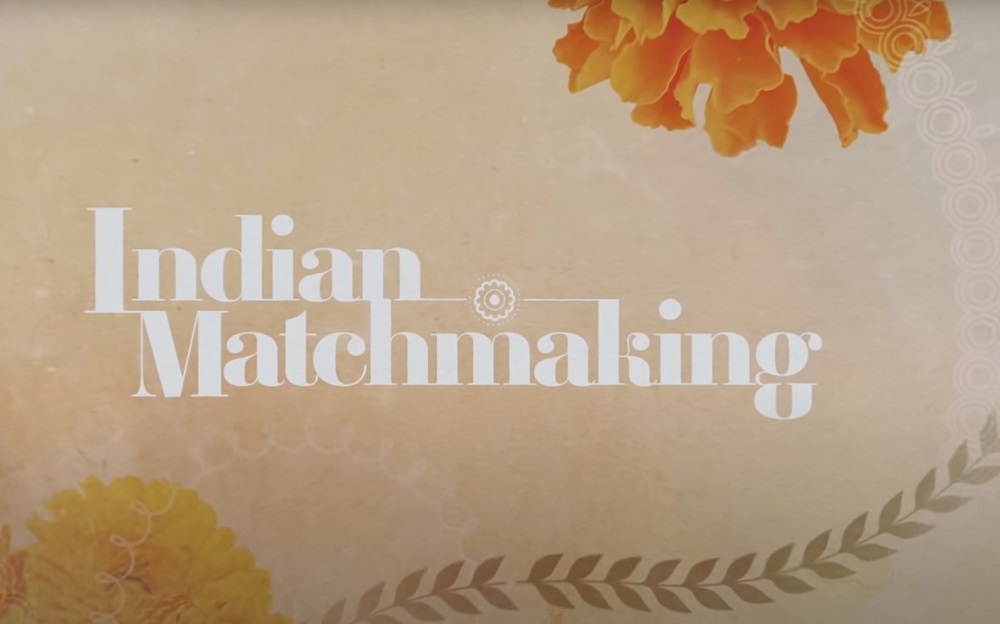Indian Matchmaking: New season, same old stereotypes

 ‘Indian Matchmaking’ continues to ride high on stereotypes and clichés surrounding arranged marriages
‘Indian Matchmaking’ continues to ride high on stereotypes and clichés surrounding arranged marriages
You may love it or hate it, but you cannot ignore it. The new season of the reality series ‘Indian Matchmaking’ is out now and as soon as it began streaming it swiftly managed to secure its position among the top 10 shows on Netflix currently in the United States.
It’s rather ironic, that a show rooted so heavily in stereotypes and often-criticized ideas of finding a partner, continues to arouse interest not just among the mostly Western-bred, young Indian American professionals featured in the show, but also the elite audiences in America.
Read: ‘Indian Matchmaking’ Season 2 returns to Netflix on Aug 12 (July 12, 2022)
In season 3, the show returns with the same shenanigans – there is an overemphasis on “good family,” “culture,” “adjustment,” “lowering expectations,” and so on.
The protagonist remains Mumbai-based matchmaker Seema Taparia, who has earned herself the moniker of Seema Aunty. With her too-good-to-be-true sweet talk and sometimes curt remarks, she continues to soar in the high-in-demand arranged marriage market among Indians and Indian Americans.
While most young Indian American singles in the US, we spoke to admitted that the idea of arranging a suitable match as shown in the reality TV series is rather cringeworthy, they would still like to catch the show just out of curiosity.
Most admitted that they would never, however, want to “make adjustments” in order to settle down with someone – an idea that the show so freely propagates.
Brooklyn-based Nisha Shah was 12 when she arrived in the US, along with her parents. Born to academician parents, Nisha excelled in studies and was always a straight A student.
Even though she lived up to the ‘nerdy Indian kid’ image during her high school years, she says that from high school to college if there was one question that remained persistent that Westerners always asked her it was – how do Indians go for an arranged marriage?
“There is so much curiosity about this concept of arranged marriage among my white friends,” she says. “I have spent years trying to explain to my American friends that arranged marriage is not always as mechanical as it sounds.”
Read: Executive producer of ‘Indian Matchmaking’ defends the Netflix hit (July 27, 2020)
“But well, it is the shows like Indian Matchmaking that water down all our efforts and show in exaggerated details everything that can be wrong about arranged marriages,” adds Shah.
Nisha is not alone, almost every South Asian living in the West has at some point explained the idea of arranged marriage in the West.
A marketing professional with a Seattle-based start-up Nina Patel, says, “I invited my white colleagues to my brother’s wedding sometime back and almost all of them asked me if it was an arranged marriage.”
“The idea is so alien to the West that they cannot fathom how someone can marry a partner, ‘arranged,’ by parents or extended family.”
The third season of the show does introduce some “progressive ideas” perhaps after the backlash the last two seasons received for its regressive take on age and caste. So, the new season brings along divorcees as well as a Muslim, in what seems almost a half-baked attempt at adding diversity.
But amidst the encouraging din of young, progressive audiences tearing down the ideas of compromise, caste, and good family as the criteria for marriage as shown in the series, what stands out starkly is that a young educated, ER, featured in the show, expresses that he wants a Hindi speaking girl, but later rejects her as her accent was too Indian for him. Perhaps it is this irony in our attitudes and actions that explains the success of shows like Indian Matchmaking.
